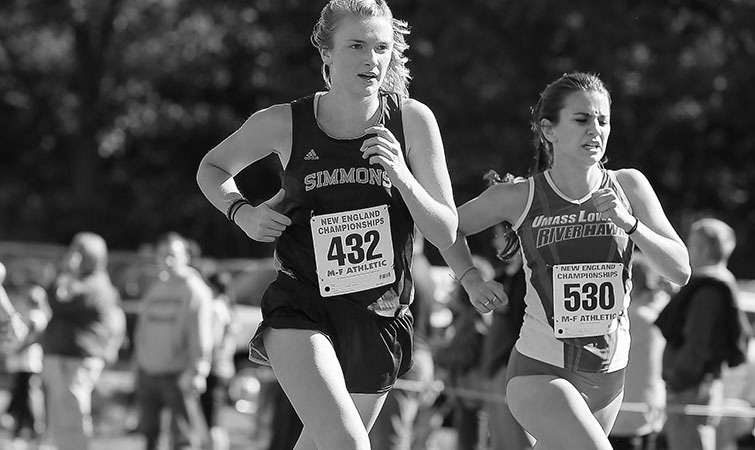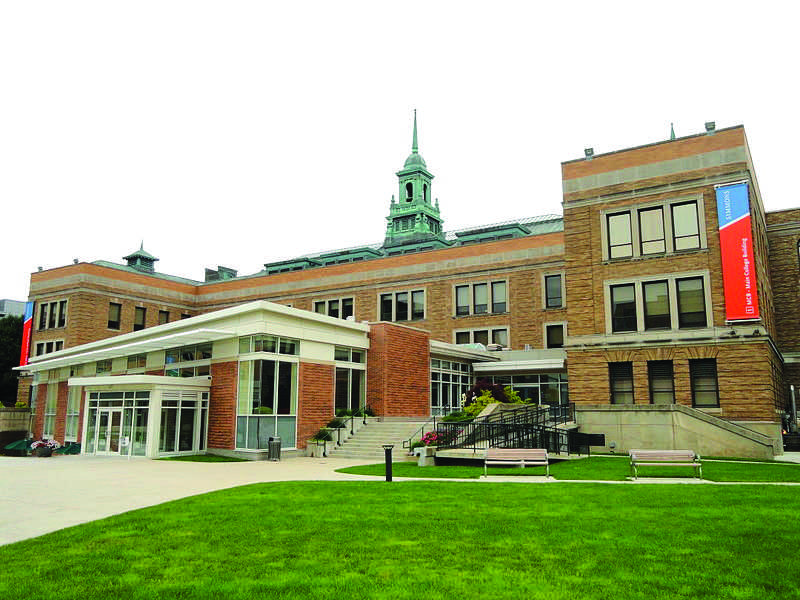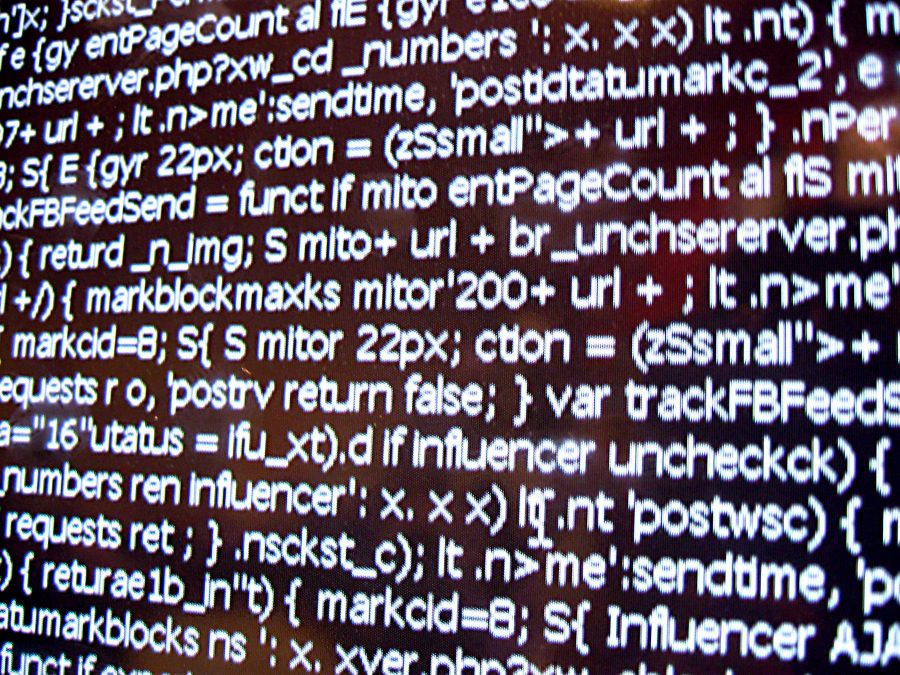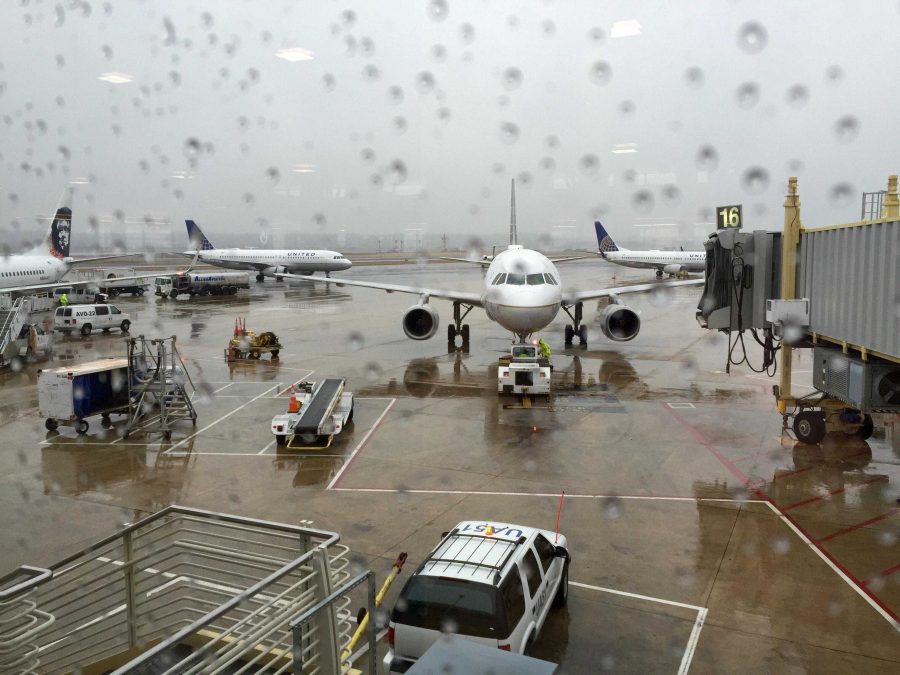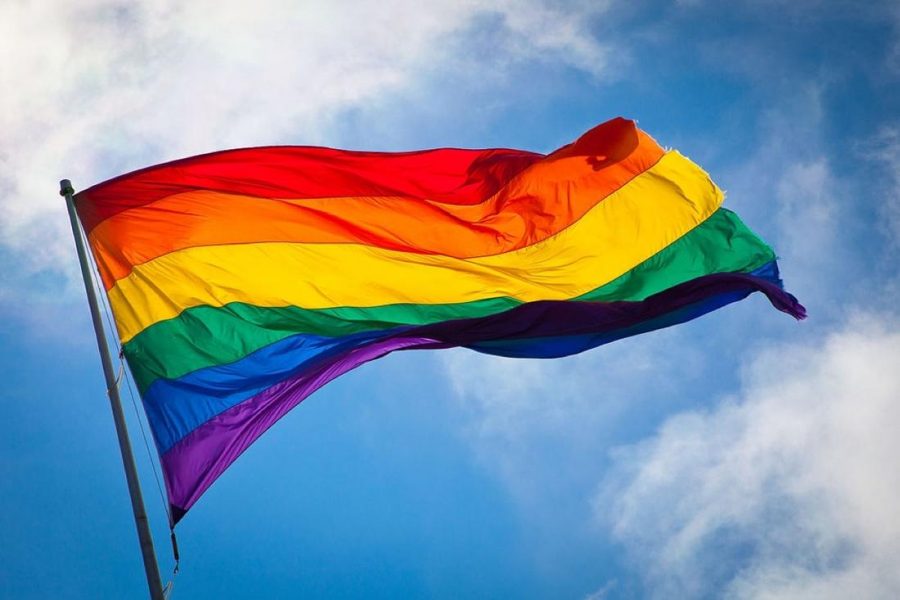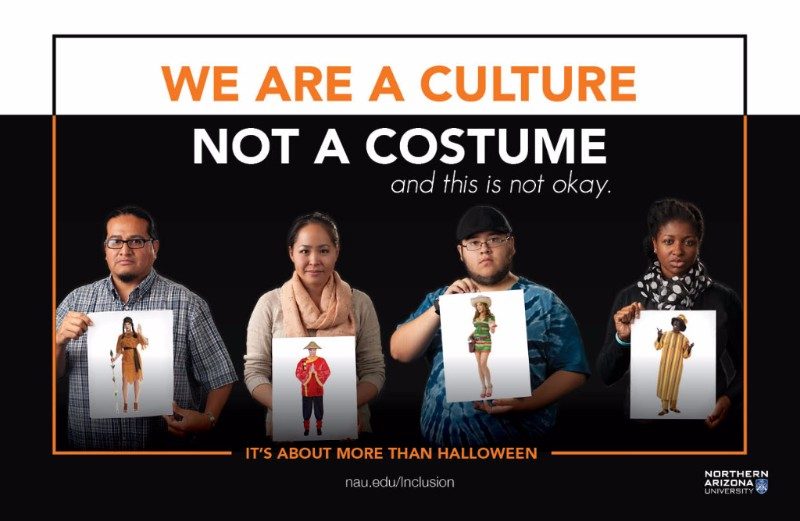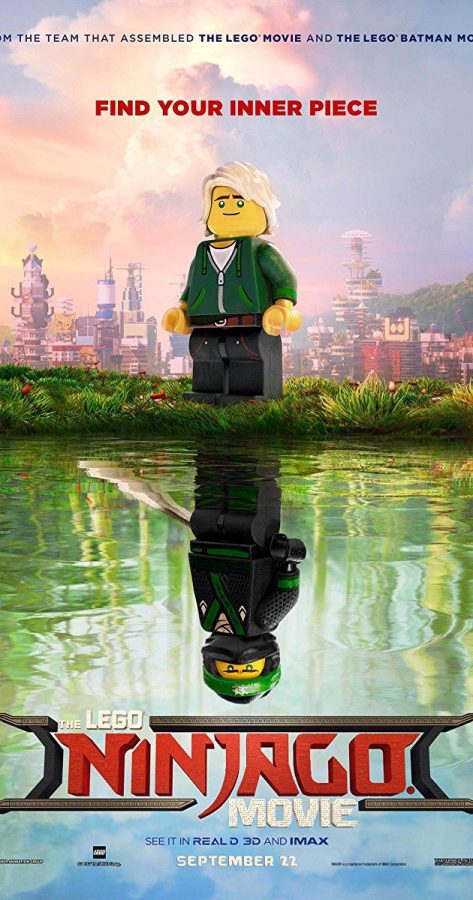By Sarah Kinney
Staff Writer
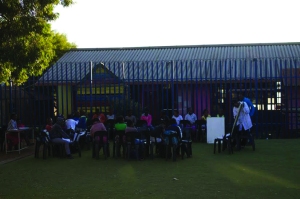
Thousands of students filled the streets of Soweto, one of the largest black townships outside Johannesburg.
They were skipping school on June 16, 1976, surprisingly with the support of their principals. Yelling and singing freedom songs, they marched from Naledi High toward Orlando Stadium carrying signs such as “To hell with Afrikaans” and “Students let us be one.”
The police told them to return to school. They kept walking.
Then, shots were fired.
The peaceful protest turned to pandemonium with students throwing rocks, and police shooting at students who were using metal trashcan lids to shield themselves. Over 570 died in the uprising and the protests that followed. The Hector Pieterson Museum, named for one of the first to be killed and located in Soweto near where he was shot, commemorates the event.
Under South Africa’s apartheid regime and the Bantu Education Act, schools were divided by race, and Afrikaans, a minority language spoken by white South Africans, was made the sole language of instruction and of the senior examinations.
Today, students do not stage such large-scale protests about education. Schools are integrated, and students can request instruction in any of the 11 official languages.
The new South African Constitution guarantees that “Everyone has the right to a basic education, including adult basic education, and to further education, which the state through reasonable measures must make progressively available and accessible.”
However, scars of apartheid still cause deficiencies in the education system. Some of the major issues facing schools are economic inequality, insufficient teacher preparation, and a dysfunctional education department.
“We cannot continue with business as usual,” according to South Africa’s National Development Plan (NDP). “We need to change the way we do things; the sooner we do this, the better.”
Economic inequality is one of the most obvious effects of apartheid policies.
Under apartheid, white students had books provided to them, but black students were required to buy their own, according to a Hector Pieterson Museum exhibit. In 1975, the government spent about R649 ($65) per white student and R42 ($4) per black student.
Apartheid created a wealthy white minority at the expense of the non-white majority. The economic imbalance is still widespread.
Simangaliso Sibiya, currently an art student at Funda Community Center in Soweto, attended two institutions for his secondary education, the private Olympus Institute of Learning in Johannesburg and the public Thesele High School in White City, Soweto.
He said the private school had class sizes of about 15 students, while the public school had 40.
The national average of all schools is 29.4 students per teacher, according to data from the Department of Education’s most recent Annual Performance Plan. Public schools greatly outnumber private, which makes the average skewed toward the higher side.
Numerous studies suggest that improved results come from smaller class sizes, since students receive more individualized learning and assistance.
However, the individual attention comes with a price.
“When I was in a private school…if you had outstanding fees, you would sometimes be chased back home by teachers, or being called from class and being asked to find out when will your fees be paid from parents,” Sibiya said.
Private school tuition can widely vary. At St. John’s School in Houghton, a wealthy formerly white neighborhood in Johannesburg, tuition can run between R20,000 – 30,000 per semester depending on grade level.
Public school is less expensive, but tends to have lower quality.
By 2013, no-fee schools made up over 80.5 percent of the country’s public schooling system, according to the Annual Performance Plan. A fee-free school is an institution that receives all its required funding from the state so it does not have to charge school fees to families. These are created starting in the country’s most poverty-stricken areas.
“I preferred going to a public school because I could simply blend in with the other kids,” said Sibiya. “No one was going to kick me out of class because I had outstanding fees.”
The majority of schools also require students to wear uniforms. This can be one of the most expensive aspects of education, said Thulani Modondo, director of the Kliptown Youth Program, which helps children from the informal settlement through various educational programs.
After his mother died, money became tight for Sibiya, who, with his sisters, went to live with his grandmother.
“I had the oldest uniform in the school and not to mention the most torn school shoes, which led to me wearing sneakers to class, which did not go down well with the headmaster,” Sibiya said. “I stood out like a sore thumb in the school, which made me a target for silly comments from the teachers and a laughing stock from fellow students, so I began to bunk [skip] classes.”
Keeping up appearances in private school became too much, leading to his transfer to public school for 11th Grade.
“For the very first time in my high school life, the torn shoes, the old uniform, and the collapsing school building did not matter,” Sibiya said. “Writing matric exams was the sole intention, and for some weird reason, I thought I could help all my friends pass so that we will all go to college and make a life for ourselves.”
Sibiya found more support from students and teachers in the public school closer to home than from the private school he travelled to.
“The teachers tried very hard to accommodate me,” he said. “They encouraged me to help other classmates where they might be experiencing problems in their subjects because they thought I was a ‘smart’ kid.”
One of the biggest issues in South Africa’s education system is the quality of teachers, according to Blake Chrystal, a Foreign Service member of the U.S. Embassy in South Africa.
“There is a dire need to assess the teachers’ content knowledge in the subjects they teach, a need to replenish the current stock of teachers,” according to the Annual Performance Plan. “A more effective teacher development [program] will be implemented to improve teacher competency.”
Under apartheid, 96 percent of teachers in white schools were certified to teach, whereas in black schools only 15 percent were certified.
Today, new teachers must have either a four-year Bachelor of Education degree or a three-year bachelor’s in any field with a one-year Postgraduate Certification in Education, according to the Department of Education.
Many of the teachers who began work under apartheid have not caught up with the new requirements. Those who became teachers prior to liberation do not always meet the current standards for credentials, especially in lower-income areas.
They also struggle to learn to use new technology, said Chrystal.
“I feel like the government is throwing money into a problem that needs human capital,” Sibiya said. “We simply need to take care of our teachers.”
South Africa spends 23 percent of its budget on education, Chrystal said. However, government mismanagement and corruption misspends the money, and student performance is still below that of other, lower-income African countries, such as Zimbabwe.
In 2013, South Africa ranked 146 out of 148 countries in educational standards, according to a World Economic Forum report.
One example of the government’s failure was an incident in Limpopo, a rural province in northern South Africa, cited by Human Right Commissioner Danny Titus, and others. Textbooks, which the government provides to schools, were not delivered until more than halfway through the term. Unfortunately for the students, they had the same problem the year before.
But for some, having textbooks on time was not an improvement. “I don’t really know what was I supposed to learn, but whatever they were teaching us did not feel right,” said Sibiya. “The textbooks were so outdated.”
In the country, however, education department data shows increasingly higher numbers of students passing the National Senior Certification exam that high school seniors can take.
One reason for the high pass rate, however, is that 30 to 40 percent is a passing grade for most subjects, which is classified as elementary and moderate achievement.
Additionally, schools are “culling” students, or only promoting learners likely to succeed to the 12th grade.
Each year the pass rate for the test increases, but the number of students taking the exam varies. When the test was implemented 589,759 students took it. That rose to 642,001 in 2010 and dropped suddenly to 496,090 in 2011. In 2013, 562,111 took the test, according to data from the Department of Education.
Only one in 10 students will get good enough grades to go to university, according to a BBC story by Linda Yeuh
In South Africa, where overall unemployment is nearly 30 percent, and more than 50 percent for the under-35 population, having a solid educational background is paramount to finding a career.
Donald Quebek, a black South African who built his home and a bed and breakfast by hand, said he could not get a promotion because he did not have a formal education. He had over 20 years experience at Southern Paper Industry, a toilet paper manufacturer, but whenever he asked for more responsibility, he was turned down despite his industry knowledge.
Under apartheid, there was little support for non-white South Africans, like Quebek, to get an education. Even the current president, Jacob Zuma, never formally attended school.
Today, there is more support for education.
Claire Collins is working on her medical degree at the University of the Witwatersrand. She is the first of her family to attend college. He mother only completed the tenth grade, her father completed up to eighth grade.
She said her parents and grandparents, who were classified as “colored,” or mixed-race, during apartheid, never would have dreamed of going to university.
However, even today, for many students, the struggle for a decent education is not over.
Damage caused by 200 years of oppression will not be fixed in 20 years of liberation, said Modondo.
Education has changed much since the fall of apartheid, but there are still hurdles until all students have equal access to a fully- and well- functioning education system.



